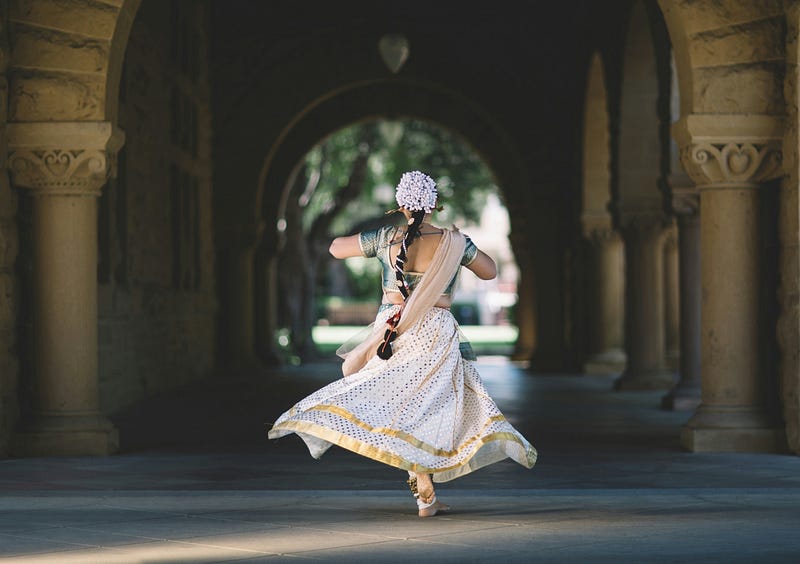Embracing Diversity: The Complexity of Accents and Identity
Written on
Chapter 1: The Networking Event Experience
Recently, I attended a networking event where someone made a comment that caught me off guard. With an enthusiastic tone, they exclaimed, “You don’t have an Indian accent at all.” For context, I am originally from Mumbai, India, but have lived, studied, and worked abroad since I was 16 years old. Over time, my English has morphed into a blend of British and American dialects, and I often alternate between calling a footpath a sidewalk or a biscuit a tea-time cookie, depending on my audience or mood.
This remark, while seemingly innocent, struck me deeply. It suggested that there exists a singular Indian accent that the vast population of 1.4 billion people supposedly shares. Such a notion dismisses the rich variety of Indian languages and their many dialects, pigeonholing me into a stereotype. (And just to clarify, no, I don’t do the Indian head bob either!)
The enthusiasm in that person's voice hinted at a sense of surprise, perhaps even pride, as if having an Indian accent was somehow inferior. This sentiment implicitly ranks different accents, positioning some as superior in intelligence or success. I simply replied, “Thanks for noticing,” while internally questioning the need to justify my accent to anyone.
Being a global citizen, I have worked hard to embrace and balance my cultural identities while adapting to various social situations. I often find myself caught between being "too foreign for Mumbai and too alien for New York," a common sentiment among many immigrant friends and expatriates.
When that individual made their observation, it felt like a slight to my cultural heritage. However, I must admit that I was more puzzled than offended. The word "offended" doesn’t adequately capture the feeling of having one’s identity reduced to a superficial trait or the unsettling notion that I might have lost a crucial part of myself in this globalization process.
Should I celebrate the evolution of my identity, or mourn the fading of my roots? This remark lingers in my mind, prompting me to reflect on the biases that persist today and whether they will ever vanish. It raises questions about the cultural elements we can retain as global citizens—are they limited to accents, or do they encompass a range of factors that shape one's identity, such as food and music?
As our environments continue to evolve at a rapid pace, so too must our understanding of diversity. True diversity lacks a definitive description; it is fluid yet static, distinct yet collective, and a blend of intersectionality and rigidity. It remains both visible and invisible, open-ended, and yes, it undeniably has an accent!

Section 1.1: The Fluid Nature of Identity
The concept of identity is not static; it changes with our experiences and environments. As we navigate through different cultures, our accents and mannerisms may evolve, reflecting the diversity that shapes who we are.
Subsection 1.1.1: The Global Citizen Experience
For many, being a global citizen means balancing multiple cultural influences. This duality can lead to feelings of alienation and confusion about one’s roots, but it also fosters a rich and diverse identity.
Chapter 2: The Role of Accents in Perception
In the video "How To Speak: INDIAN Accent," the speaker delves into the nuances of speaking with an Indian accent, exploring the various dialects and cultural influences that shape it.
Another perspective is offered in "Indians are Cheap" | Russell Peters - Red, White, and Brown, where humor is used to address stereotypes and perceptions of Indian culture and identity.